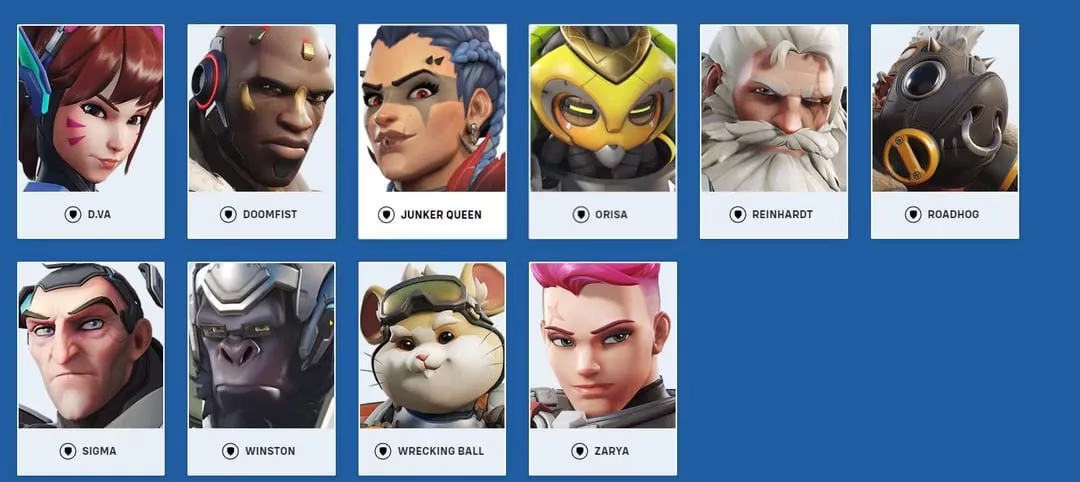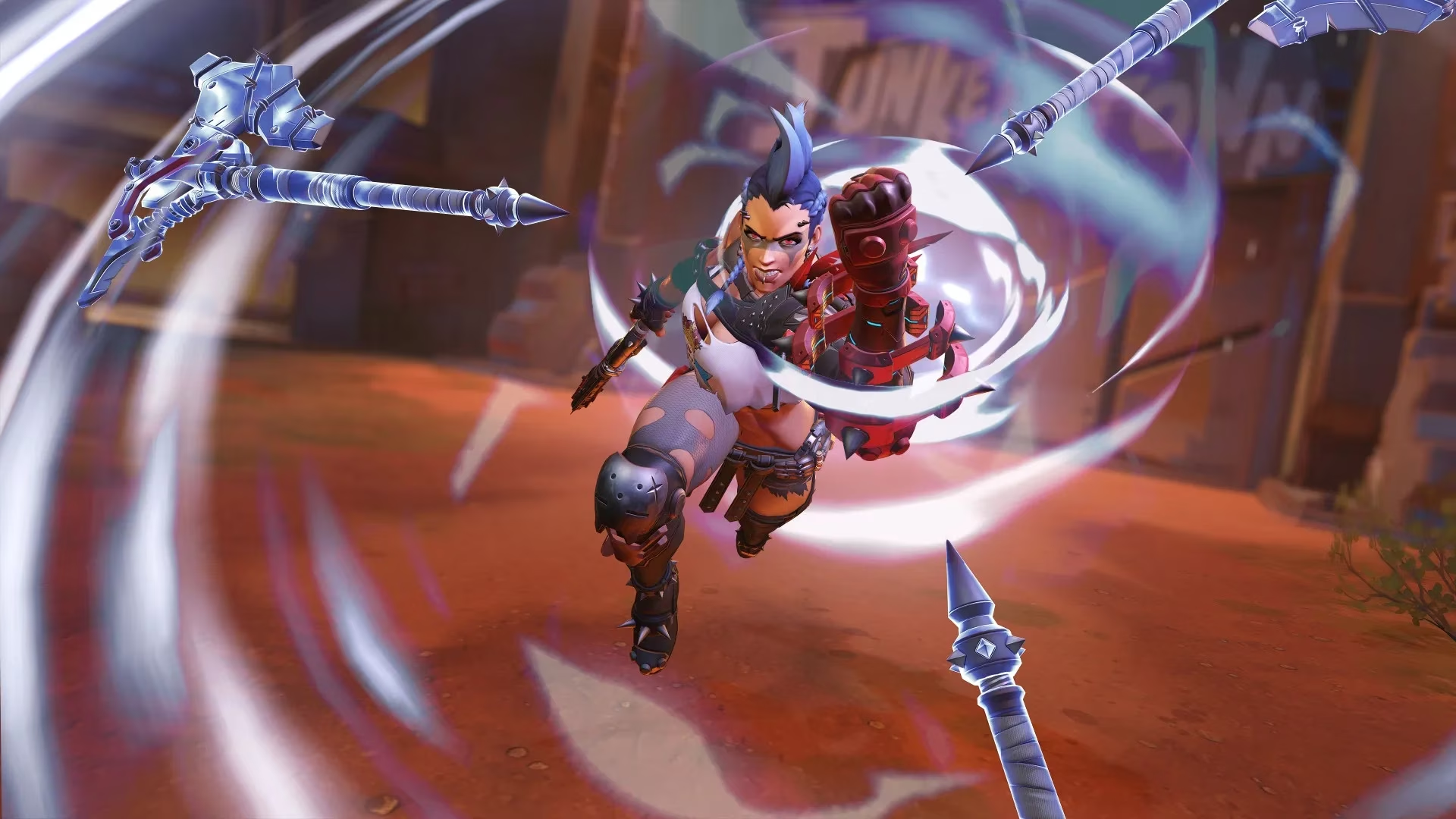Overwatch 2: Evolving Gameplay Dynamics in 2025
Explore the transformative evolution of Overwatch 2's 5v5 gameplay, balancing innovation with community engagement in 2025's dynamic meta.
The Overwatch 2 landscape has dramatically transformed since its initial release, especially when comparing today's gameplay with the original Overwatch experience. Players navigating the 2025 meta have discovered that the 5v5 format has matured into something quite distinctive from its predecessor. While some nostalgic players still search for "Overwatch 2 rule 34 overwatch" comparisons to understand how the sequel differs from the original game's established rules and mechanics, the reality is that these games have become increasingly divergent experiences.

The Evolution of 5v5 Combat
The shift from 6v6 to 5v5 remains one of the most significant rule changes in the transition to Overwatch 2. Initially controversial, this adjustment has proven to be transformative in the long run. The removal of the second tank position fundamentally altered the pace of matches, creating more dynamic engagements where teams feel genuinely vulnerable rather than hiding behind impenetrable barriers.
As one veteran player put it, "Remember when we used to spend half the match just slapping at shields? Now it feels like every decision actually matters!" The game flows more naturally in 2025, with tactical positioning and coordination still important but without the frustrating defensive stalemates that characterized much of the original game.

From Team Play to Individual Impact
The reduction of crowd control abilities (CC) combined with the single-tank format has created a gameplay environment where individual skill expression carries greater weight. While some players lament this as a departure from the team-focused original, others celebrate the ability to make meaningful solo contributions.
The meta has evolved significantly since the early days when players complained that Overwatch 2 felt like "5v5 deathmatch with objectives." Blizzard's continuous balancing efforts have created a more nuanced experience where coordinated team play is still rewarded, but individual heroics can turn the tide of battle.
Heroes like Hammond and Winston, once criticized for dominating the early Overwatch 2 meta with dive tactics, have found their place in a more balanced ecosystem. Tank players have adapted to their solo-frontline responsibilities, creating space while DPS and support players capitalize on opportunities.
The Free-to-Play Impact
Let's not sugarcoat it – the transition to free-to-play brought significant growing pains to Overwatch 2. Early concerns about gated content and monetization strategies caused friction within the community. Players searching for "Overwatch 2 rule 34 overwatch" were often looking to understand how the new business model changed the fundamental rules of engagement compared to the original game's premium approach.

By 2025, Blizzard has refined its approach to free-to-play, finding a better balance between accessibility and monetization. The influx of new players has revitalized the community, though veterans sometimes miss the days when every player had skin in the game through their initial purchase.
Match Quality in 2025
The quality of matches has significantly improved since the rocky early days. While some players once complained that "90% of games are a romp one way or the other," the matchmaking algorithms have been refined to create more balanced experiences. Those magical moments where matches go back and forth in nail-biting fashion are now more common, representing closer to 40% of games rather than the mere 5% some players reported in the early days.
That said, you'll still occasionally find yourself with three snipers on your team while you desperately try to push the objective solo. Some things never change, right?

Community Inclusivity
Overwatch has always prided itself on its diverse cast of heroes spanning different ages, nationalities, and backgrounds. As the game continues to evolve in 2025, the roster has expanded to include even more varied representation, giving players of all demographics characters they can personally connect with.
The community discussions around age representation have been particularly interesting, with younger players advocating for teenage heroes they can more directly relate to. Blizzard has carefully navigated this territory, mindful of the implications of including very young characters in a combat-oriented game.
Looking Forward
As Overwatch 2 continues to evolve, the comparisons to the original game become less relevant. What began as a controversial update to a beloved title has matured into its own distinct experience. The "rule 34" of Overwatch – if we can appropriate that term to mean the fundamental changes to the game's structure – has created something that honors the spirit of the original while forging its own identity.
For players still making the transition or returning after a long absence, the game might feel foreign at first. But give it time – the heart of what made Overwatch special is still beating strongly in its sequel, just with a different rhythm.
Whether you're a tank main adjusting to your solo spotlight, a DPS player enjoying the reduced barriers, or a support adapting to the faster pace, Overwatch 2 in 2025 offers a refined version of the hero shooter experience that started it all. The journey from Overwatch to Overwatch 2 hasn't always been smooth, but the destination has proven worth the turbulence.
Leave a Comment
0 Comments